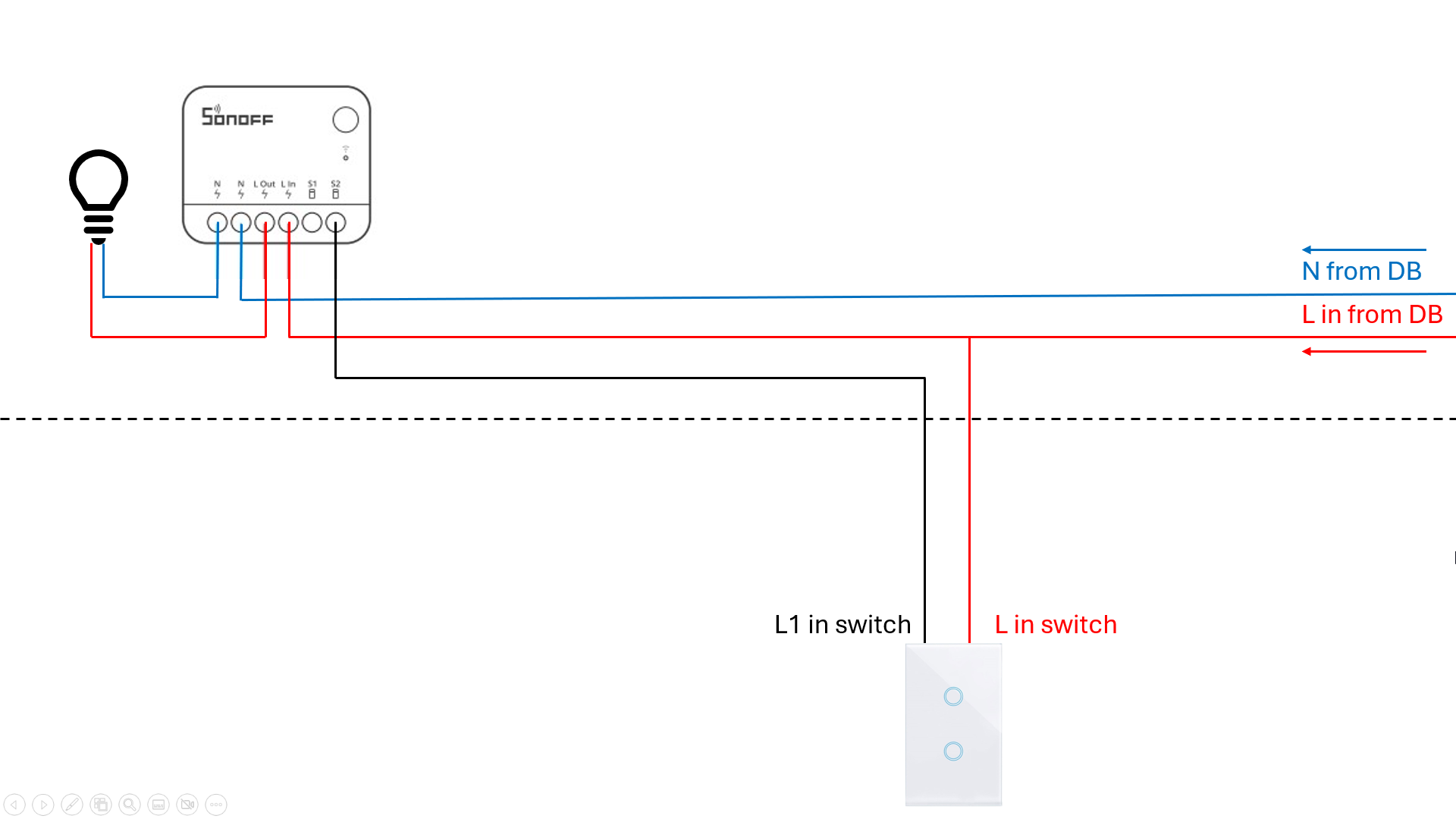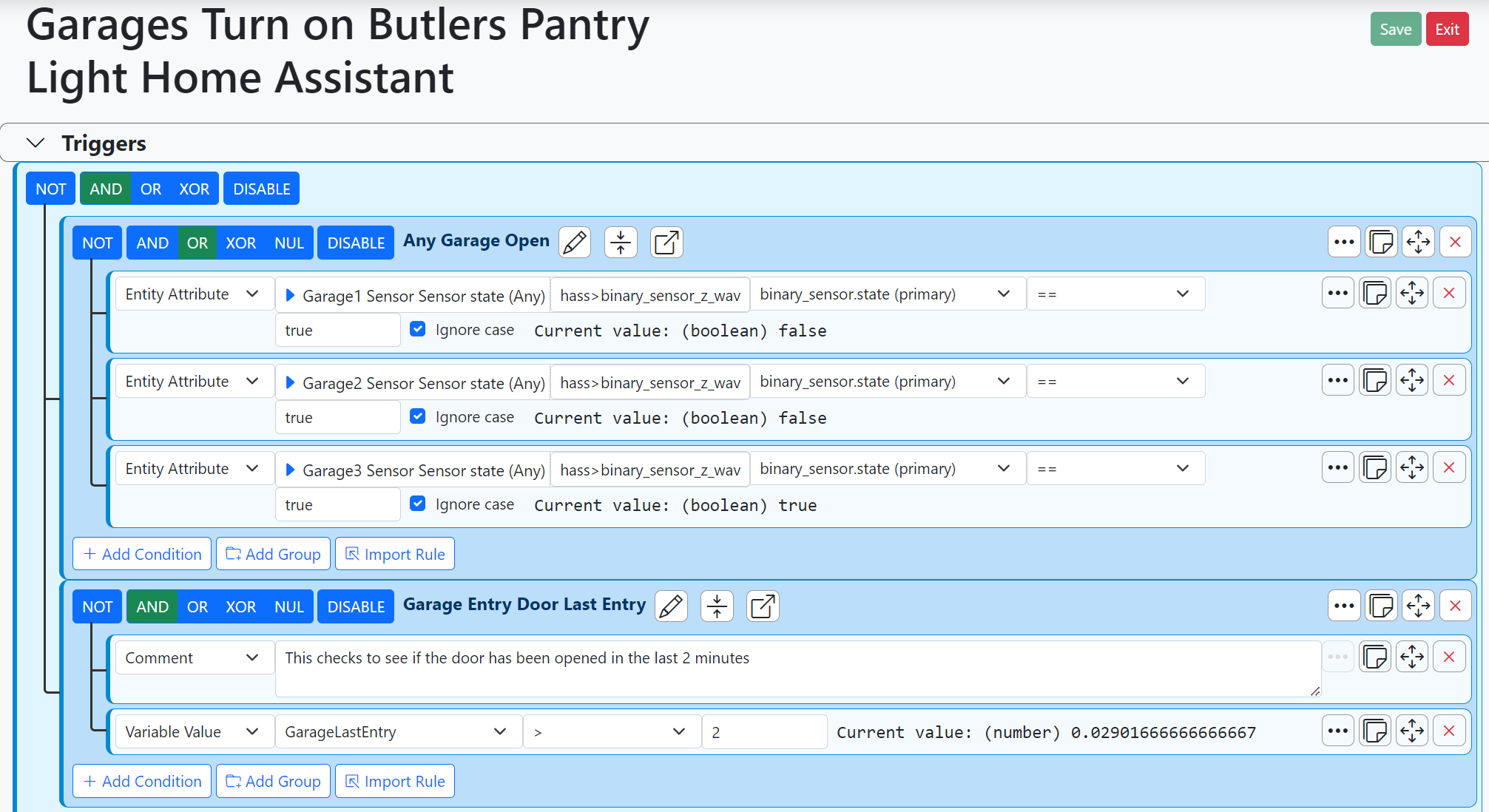Ways to identify and calculate energy usage (watts) ?
-
A few adds to @LibraSun 's list from own experience:
- Many dimmers "leak" enough energy to be relevant, and since they can be present in relatively large numbers in a home, even a modest leak can add up across multiple dimmers. I discovered this some years ago when my wife had me switch out a halogen vanity light bar in my older son's bathroom with an LED model. The light bar glows like a night light when the dimmer was fully off. I tried swapping the older dimmer (Leviton VRMX1) for a newer model (DZ6HD) but no change in results. When we later changed the ceiling fan bulb in my younger son's room from halogen to LED, the same thing happened. With incandescent or halogen loads, these leaks aren't enough to light the filament, generally, but some LED bulbs/fixtures don't require much current to glow. Be suspicious of any dimmer that has an "air gap" in particular--it's there because they know the device is passing current even when "off."
- And keep in mind that leaking or not, all line-powered ZWave devices of every kind are active electronics with power supplies (often terrible cap droppers with poor power factors to boot, particularly in the cheaper models). If it has an LED pilot lamp, maybe it's pulling 3-5 milliamps just for that, and if the supply and other electronics double that, you're at maybe 6-10ma per device. Times 20 devices may be 200ma total or about 40W right there.
- Smoke alarms, garage door openers, safety lights...
IIRC, you're in the UK, where electrical panels tend to have fewer breakers than here in the US, so that makes isolating things a bit more of a challenge. Here in the US, it's usually not a big issue to remove the cover from the breaker panel, put a clamp meter on the main, and just start flipping breakers until the measurement drops, then go isolate down that circuit from there. Codes here increasingly require dedicated circuits for all kinds of things, and of course, GCFIs and AFCIs (our version of RCDs and... I don't know what the UK equivalent is called, but it's an arc-detecting device) which have power supplies as well. So panels here are getting bigger, and electricians are having no problems sending their kids to college.
-
Thanks all,
Reading my initial post back again, I noticed I made a mistake, in that I said I was unable to account for 200 watts, it’s actually closer to 400 watts !!!
Admittedly I know i’m never going to be able identify everything, but 400 watts !!, that’s more than @therealdb home in its idle state !!

@LibraSun and @toggledbits - the breaker panel, (or consumer unit as we call it in the UK) is a good call, and UK regulations are pretty strict too, so much of the house is broken up/out on the board so I can isolate various areas. That sounds like my weekend sorted ..
Other than that, I’m beginning to wonder if I’m powering other people within my neighbourhood too. !


-
Thanks all,
Reading my initial post back again, I noticed I made a mistake, in that I said I was unable to account for 200 watts, it’s actually closer to 400 watts !!!
Admittedly I know i’m never going to be able identify everything, but 400 watts !!, that’s more than @therealdb home in its idle state !!

@LibraSun and @toggledbits - the breaker panel, (or consumer unit as we call it in the UK) is a good call, and UK regulations are pretty strict too, so much of the house is broken up/out on the board so I can isolate various areas. That sounds like my weekend sorted ..
Other than that, I’m beginning to wonder if I’m powering other people within my neighbourhood too. !


Have a look at any split aircons or aircons in general. Older models had sump heaters that could use anything from 30W to 300W. These were permanently on. Also iron core transformers that are permanently connected eg door bells and alarm systems - they can be quite lossey. Older PCs also drew a far bit even when "off". In fact, lots of older equipment can draw substantial power when on standby. So much so the One Watt Initiative was instigated.
-
Have a look at any split aircons or aircons in general. Older models had sump heaters that could use anything from 30W to 300W. These were permanently on. Also iron core transformers that are permanently connected eg door bells and alarm systems - they can be quite lossey. Older PCs also drew a far bit even when "off". In fact, lots of older equipment can draw substantial power when on standby. So much so the One Watt Initiative was instigated.
-
Buy yourself one of these to get accurate energy usage : https://www.energyswitching.co.uk/best-energy-monitors-of-2021/ The US equivalent is "Kill a Watt" and that brand of device works well, though I don't believe they make a UK version.
Once you dial in the actual watts to your calcs, you'll probably see some of your unexplained energy use disappear. When I went through this process, and as mentioned above by several, the vampire devices in my home were the main contributors to my unknown energy usage. I was able to claw some of that back by using myriad smart switches for always on (sleeping) devices, albeit with a loss of instant on capability. -
@a-lurker said in Ways to identify and calculate energy usage (watts) ?:
Have a look at any split aircons or aircons in general
In the UK?

C
@catmanv2 said in Ways to identify and calculate energy usage (watts) ?:
@a-lurker said in Ways to identify and calculate energy usage (watts) ?:
Have a look at any split aircons or aircons in general
In the UK?

C
While they are irare in the home over here; I could certainly do with an one at the moment, as it’s quite toasty in the UK at the moment.

I’ve placed energy monitor wall-plugs in all the main places I can think of, which means everything left is theoretically a small thing, like a phone charger, an Amazon Echo, a clock, or a night light etc.
Which means I’m finding it hard to believe that all of those little things will come up to 400 watts…
-
I once found a walled off ventilation fan in an old kitchen that was still energized and conceivably could have burned many watts without rotating and I'm surprised it did not start a fire. I've also discovered doorbells that were stuck on because of a faulty Ring device wired in parallel with it. Finally, there's no end to the way that poorly grounded appliances can divert current directly to ground which you will never find through conventional testing means.
My central point being that you never know what you're going to find in around and under a house when it comes to electrical things. And that is absolutely why you really need to unplug and disconnect every single thing in this quest to isolate phantom power consumers. -
@catmanv2 said in Ways to identify and calculate energy usage (watts) ?:
@a-lurker said in Ways to identify and calculate energy usage (watts) ?:
Have a look at any split aircons or aircons in general
In the UK?

C
While they are irare in the home over here; I could certainly do with an one at the moment, as it’s quite toasty in the UK at the moment.

I’ve placed energy monitor wall-plugs in all the main places I can think of, which means everything left is theoretically a small thing, like a phone charger, an Amazon Echo, a clock, or a night light etc.
Which means I’m finding it hard to believe that all of those little things will come up to 400 watts…
-
Hi to find the source you would be best to use a clamp meter on the outgoing live cable at each mcb in the consumer unit, once everything is turned off, that way you can zero in on the circuits that are still using power. Do you have a rcd/s fitted in your consumer unit if so ground leakage would only account for 7 watts max per rcd unit, before rcd would trip, unless faulty.
[edit] on socket ring ciruits put both live wires in clamp meter.
-
I’ll tell you what trying to understand your energy usage while the family is in the house is next to impossible, no matter how many times i told them what i was doing , i would suddenly struggle to add up up the wattage numbers - only later to find out that they’d plugged something in or turned something off !!! Add to that things that come on by themselves at random times such as the fridge or the freezer and you really are scratching your head what the hell is going on - not matter what systematic approach I followed.
Cut along story short, the best I could come up with today is that my office/man cave - has an idle usage of about 250 watts (not surprising as this is where all the networking kit and media devices are stored/connected into) after that it’s the kitchen with about 150 watts too (due to a small HA hub and fridge/freezer) and the shed/cabin (100 watts) - which leaves the rest of the house using the remainder which is approx 350-400 watts..
-
The new smart meters installed across many U.S. municipalities derive actual usage in real time (whether you believe they are accurate or not -- this is a troublesome source of debate among many smart people). Some utility companies offer a companion "reader", which wirelessly displays your home's current demand, by minute, hour, day, month, total, etc.
That's about as close as I've ever come to instant readings. The rest, as you rightly point out, is likely folly.


